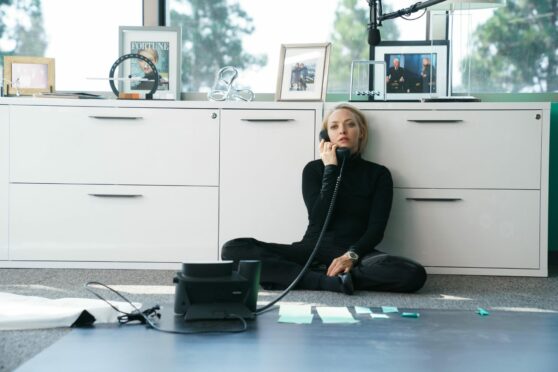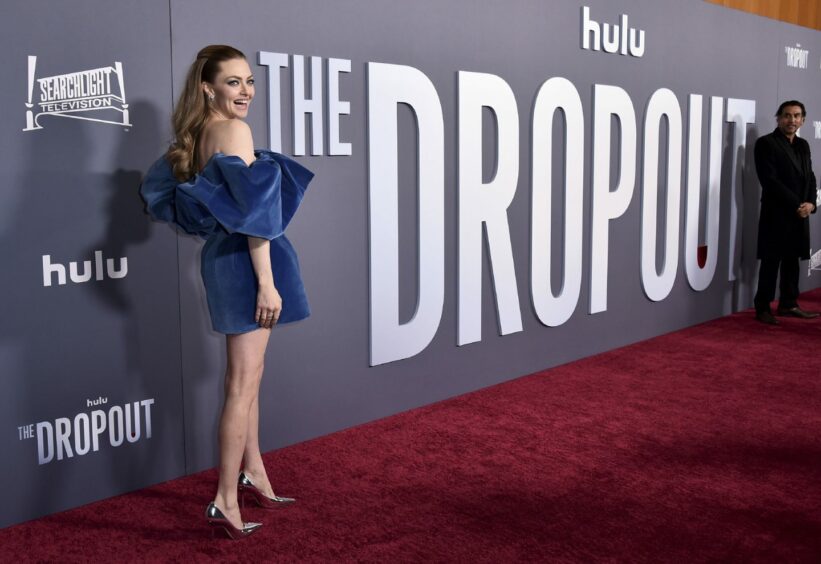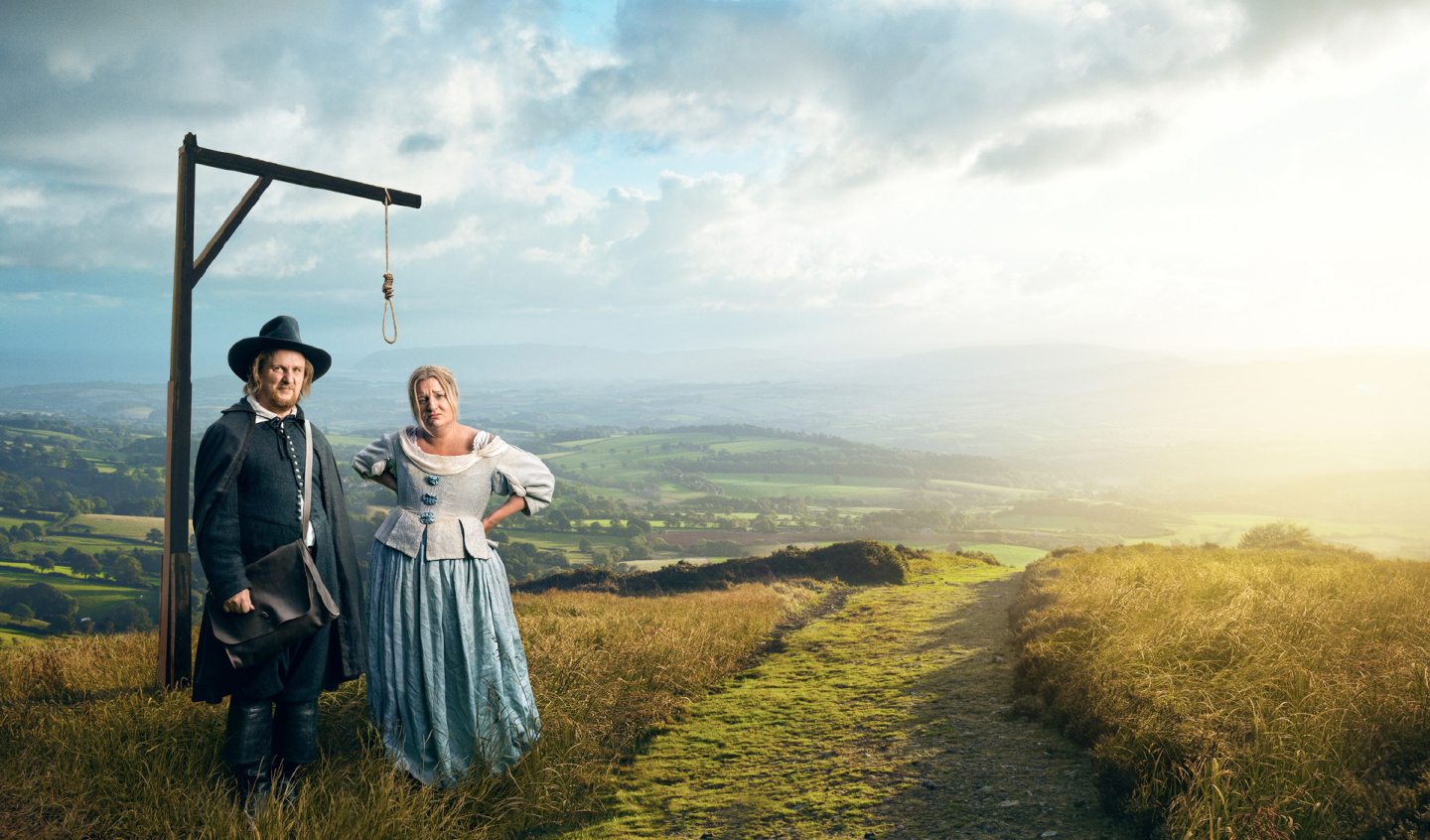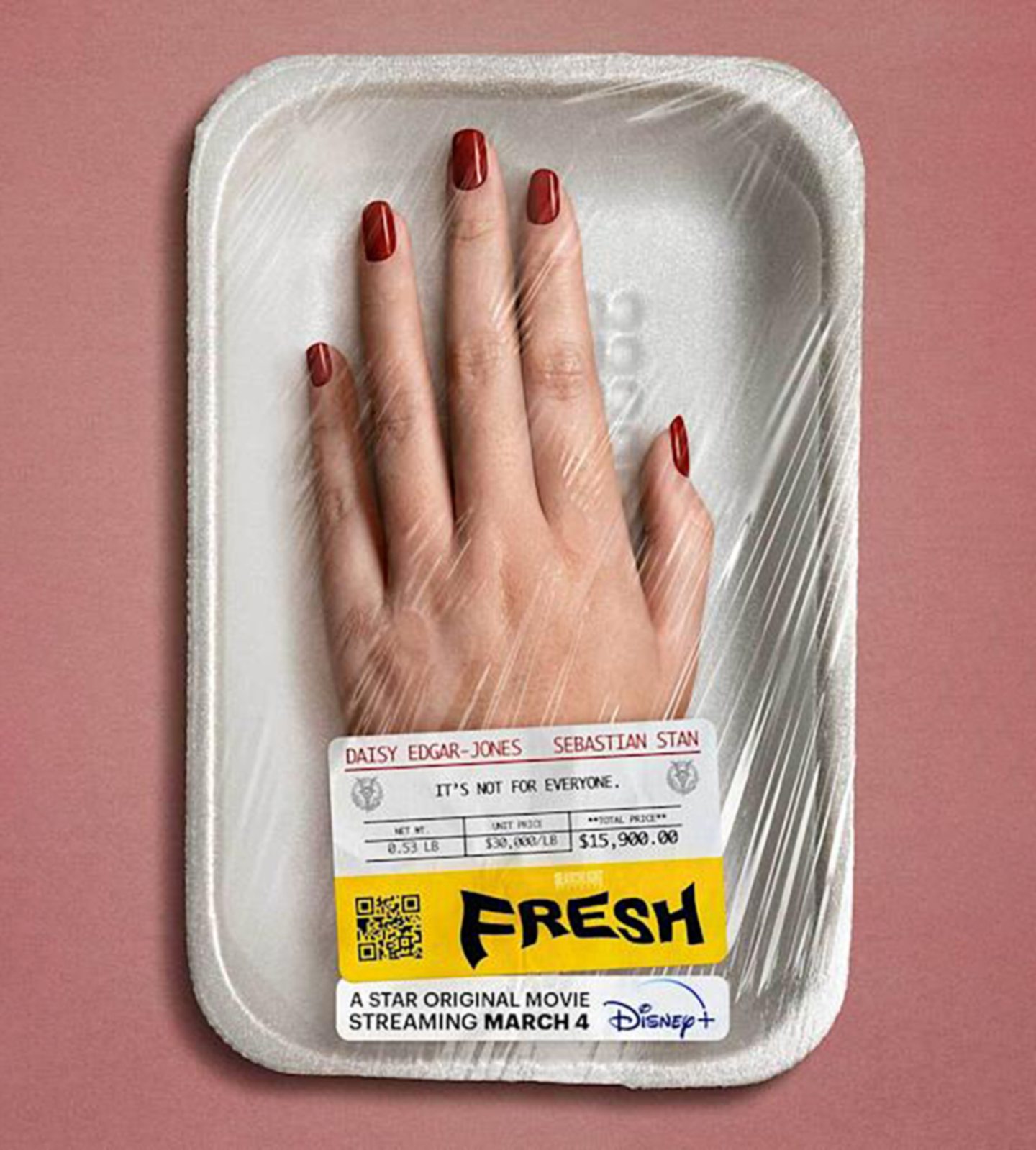Anyone who thinks that Disney+ is only a place for kids to mainline the latest in Marvel, Star Wars or Pixar should think again because it’s rapidly becoming one of my most frequently viewed channels.
Pam & Tommy ended its unexpectedly entertaining run this week and in its place we now have The Dropout, another series with a plot you would struggle to believe were it not for the fact it’s all true.
It tells the story of Silicon Valley pioneer Elizabeth Holmes, who became one of the richest women in the world thanks to a device called the Edison, which could run a battery of medical tests with a single droplet of blood.
The revolutionary invention was touted as something that would transform the multi-billion-dollar heathcare industry until one crucial thing was discovered – the Edison was a total dud and couldn’t do half the things Holmes said it could.
Cue the coverup …
Mamma Mia’s Amanda Seyfried plays Holmes in this eight-part series, which charts her meteoric rise and fall from tech industry prodigy to shameless con woman.
The saga of Elizabeth Holmes has already been well told in podcast form along with an equally gripping documentary called The Inventor, but even knowing the outcome of the story didn’t detract from this series.
Although I knew that the Edison wouldn’t ultimately work, the early episodes depicting its invention did manage to make me root for the ragtag bunch of young inventors desperate to make their mark in Silicon Valley.
It’s only when the cover-ups begin and Holmes’s almost sociopathic tendencies come to the fore – “I don’t feel things the way other people feel things,” she says at one point – that sympathy for her plummets almost as fast as her company’s valuation.
Underwhelming debut for new comedy
The comedic pedigree of the team that’s behind The Witchfinder (BBC2) can’t be ignored, which is why I was a little disappointed the first episode felt a tad underwhelming.
Created by Alan Partridge writers Neil and Rob Gibbons, it’s set in the 1600s and stars Tim Key and Daisy May Cooper as a pompous witchfinder called Gideon Bannister and his outspoken quarry Thomasine Gooch.
Sadly, the comedy combo of Key’s bone-dry wit and Cooper’s vulgar prisoner isn’t quite as amusing as I hoped it would be.
But in saying that, given the talent involved, I can’t write the series off so soon and will give it more time.
Ipcress is a retelling, not a reinvention
Depending where you stand, the timing of Cold War thriller The Ipcress File (ITV) during the Russian invasion of Ukraine is either grim perfection or a little too close to home.
It might be a little near the knuckle if Trainspotting screenwriter John Hodge had attempted to modernise Len Deighton’s 1962 thriller, but thankfully he hasn’t.
Keeping the story firmly in the past is a bold decision – but not half as bold as giving star Joe Cole the same eyewear as Sir Michael Caine when he played Harry Palmer in the 1965 film.
Those glasses are about as iconic to Palmer as an Aston Martin is to James Bond and can only invite comparisons with the great actor. But against the odds, Cole pulled it off.
Are we the baddies?
Anyone who has upped their rate of online shopping in recent years – aka all of us – really should have watched Life And Death In The Warehouse (BBC3).
Set in a distribution centre for an online retailer, the powerful drama was about the “pickers” whose job it is to grab the products from the shelves so they can get to our doorstep within 24 hours of ordering.
It was all completely fictional, of course, but I still felt complicit.
Film of the week: Fresh (Disney+ from Friday)
Part of the pleasure – if you can call it that – of watching Fresh unfold is how the film you’re experiencing for the first third is not in any way, shape or form the film you’re experiencing for the last hour.
Even the positioning of the title credit 30 minutes into the movie feels like a sly joke on the audience, who’ve been conditioned to think this is yet another breezy romance about a soft-spoken singleton (played Normal People’s Daisy Edgar-Jones) meeting the man of her dreams, plastic surgeon Steve (Pam & Tommy’s Sebastian Stan).
To go into detail about what happens after their first date would spoil the surprise, but needless to say it doesn’t stay in cute-and-charming territory for long.
Director Mimi Cave’s film is bracingly forthright about the perils of modern dating and has enough bite to make it one of the most memorable debuts of the year.




